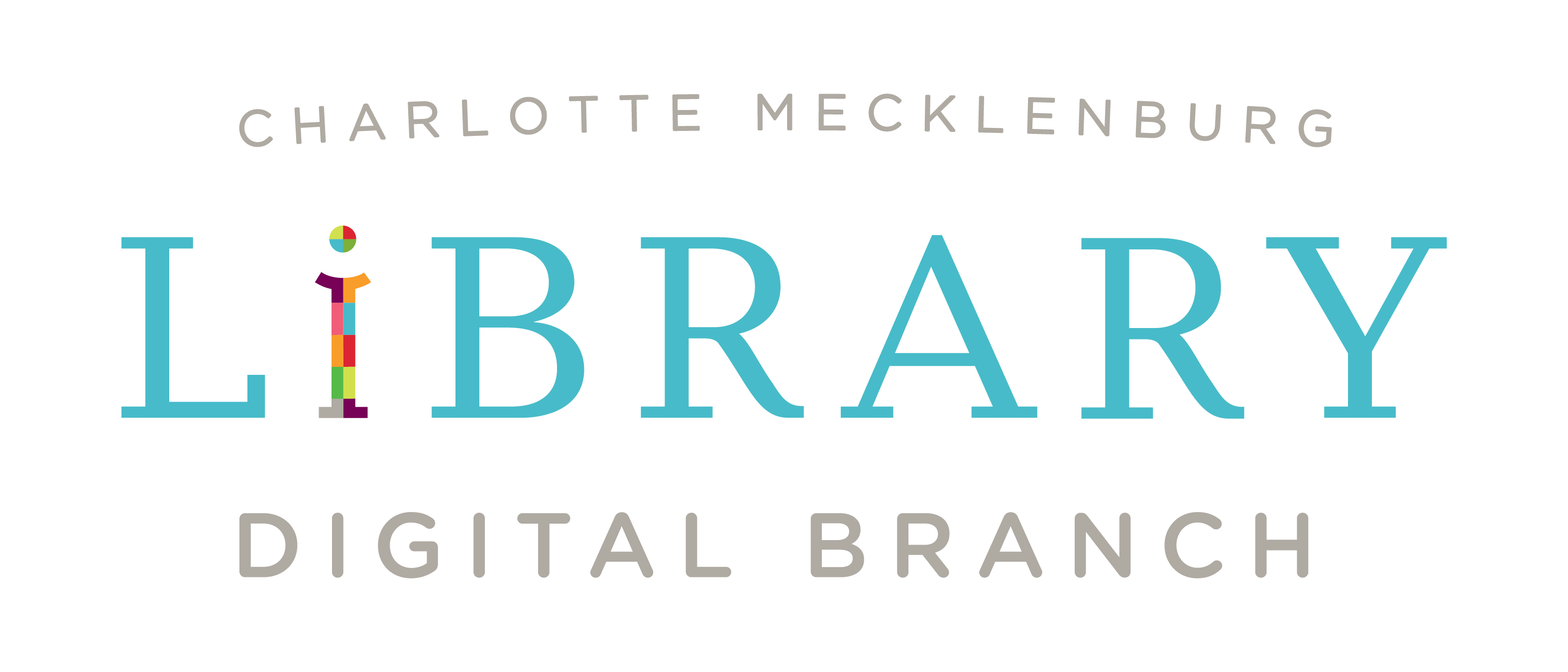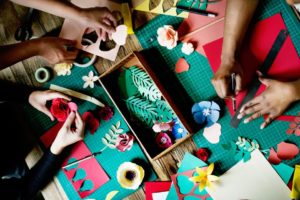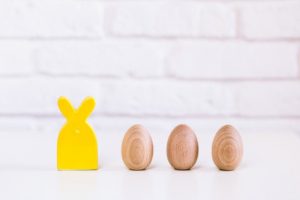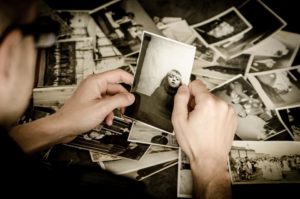Learning and understanding opposites helps children identify characteristics that are similar and different, which will help further develop vocabulary, math, and writing skills as they get older. This week, continue putting opposites in motion. Help your child identify things around the home that you open and close. How many could you find?
Definitions
Open-Something is unfolded or unlocked
Closed-Something is shut
Recommended reading this week
There Was an Old Lady Who Swallowed a Fly by Rashin
Open Very Carefully by Nicola O’Byrne
Open This Little Book by Jesse Klausmeier
Worry Bear by Charlotte Dematons
Create Prints and Patterns
Open up a plastic easter egg or use the opening of a small cup, and dip it into paint to create patterns.
Make an Easter Egg That Open and Shuts!
Draw an oval shape onto a piece of thick paper and then a zigzag shape in the middle. Cut out the oval shape and then cut the zig zag in the middle to form two parts to the egg. Decorate the egg with markers. Punch a hole into the side of the egg and assemble the two halves of the egg with an eye hook. Watch how the egg opens and closes.
Sort pictures
With your child, find various pictures (online or in magazines) that show objects that are open and closed. When you are done, sort them into “open” and “closed” piles.
Make!
Find cardboard or sturdy paper to make boxes or houses with your child. When your are constructing the box or house ask your child “Where is it going to open? How are you going to make it close?”
En Español
Si no está seguro de cómo leer un libro con su niño o si el libro está en otro idioma, ¡no se preocupe! De cualquier manera puede disfrutar de libros con su hijo. Miren juntos las ilustraciones (dibujos) y haga preguntas como “¿A dónde piensas que va el niño?”; “¿Por qué te parece que está contento?”; “¿Qué está haciendo el perro?”; “¿Qué crees que va a pasar después?” ¡Esto ayudará a su hijo a disfrutar de libros y desarrollar su vocabulario y el amor por la lectura! Descargue la hoja de ayuda.
Definitions
Abierto – cuando algo no está asegurado, no cerrado o no cercado
Cerrado – cuando algo está asegurado para que no salga o entre nada ni nadie
Lecturas recomendadas esta semana
Opuestos: Abierto y Cerrado de Luana Mitten
Open Very Carefully de Nicole O’Byrne
Open This Little Book de Jesse Klausmeier
Worry Bear de Charlotte Dematons
Haga una pintura con un huevo de Pascua!
Tome un huevo de Pascua de plástico, y separe las 2 mitades; tome una y mójela en pintura para hacer una rueda de color. Repita este proceso usando diferentes colores para crear un diseño de círculos.
Haga una un huevo de Pascua qui abre y cierra!
Con su niño, dibujen un óvalo para hacer un huevo de Pascua. Agreguen una línea zig zag en el medio del óvalo/huevo. Corten el óvalo y la línea de zig zag (para que parezca un huevo roto por la mitad.) Hagan un agujero en el borde de cada lado del huevo y pongan un gancho para que se abra y cierra. Decoren el huevo con colores.
Clasifique fotos
Busque con su niño varias fotos (de internet o una revista) que tengan objetos abiertos y cerrados. Cuando terminen, clasifíquenlas en dos grupos: fotos con algo abierto y fotos con algo cerrado
¡A construir!
Use cartón o papel grueso para hacer cajas o casas con su niño. Mientras las construyen, puede preguntarle a su niño “¿Dónde se podrá abrir? ¿Dónde vas a cerrarla?”






